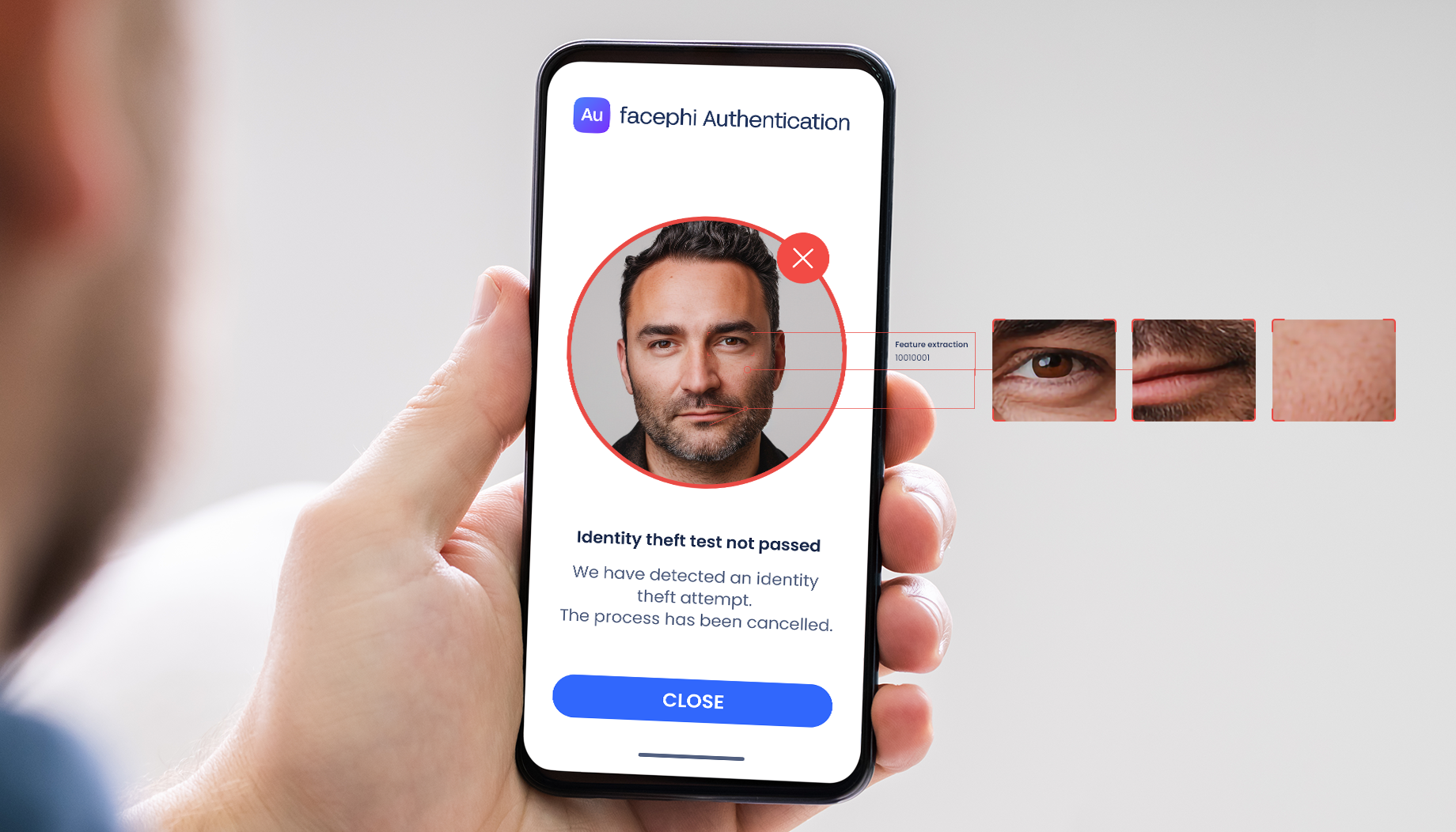Over the past 12 months, injection attacks have emerged as one of the most sophisticated forms of digital fraud, multiplying thanks to generative AI. Unlike physical attacks, these threats no longer target the real world but infiltrate directly into the digital channel.
In an injection attack, cybercriminals use virtual cameras, pre-recorded media files, and AI-generated deepfakes to inject them into the verification flow and trick identity systems. Unlike physical presentation attacks, this type of fraud acts directly on the digital channel, making it harder to detect and more dangerous for onboarding and authentication integrity.
Because of their complexity and the combination of techniques involved, combating these attacks requires advanced, multi-layered technologies that simultaneously protect hardware, software, and transmission channels.
Key technologies to detect injection attacks
1. Man-in-the-Middle (MITM) attack detection
Implement strong encryption and integrity validation to prevent third parties from intercepting or altering communication between the user and the application. Real-time analysis of user interaction with the interface helps spot irregular behaviours and prevents image manipulation before biometric processing by identifying cropping, format changes, compression, or digital tampering.
2. Deepfakes and synthetic content detection
Advanced deep learning models analyse images, videos, and voices to spot patterns typical of manipulated or artificially generated content. This ensures only genuine biometric data is processed, while synthetic media is identified with high precision.
3. Behavioural Biometrics and anomaly detection
User interaction and activity patterns are assessed to create a unique behavioural profile for each individual. This allows suspicious activity to be detected and fraudulent access attempts blocked — whether carried out by cybercriminals, bots, or malicious scripts.
4. Document verification with morphological analysis
Identity documents are examined for structural integrity and security elements to detect forgeries, alterations, or fraudulent submissions, strengthening registration and verification processes.
Advanced Injection Defence: Three layers of protection
Many current verification solutions are unable to detect deepfakes or tampered video streams in real time. That’s why at Facephi, we created Advanced Injection Defence, a next-generation anti-fraud solution that integrates the technologies above to detect and block injection attacks instantly.
Its multilayered architecture combines:
- Source and authenticity verification: metadata analysis and digital watermarks to confirm that captures come from authorised devices.
- AI-driven forensic image analysis: precise detection of synthetic artefacts, manipulations, and deepfake patterns.
- Channel and device cybersecurity: blocking of virtual cameras, neutralising pre-recorded files, and protection against external tampering.
A proactive approach against digital fraud
Injection attacks are evolving quickly, fuelled by generative AI and Fraud-as-a-Service schemes that scale their reach. Early detection prevents financial losses, preserves user trust, safeguards brand reputation, and ensures regulatory compliance.
With Advanced Injection Defence, organisations gain a proactive, scalable, and certified safeguard against the most sophisticated threats in today’s landscape. Contact us and discover how Advanced Injection Defence can stop an injection attack in under 2 seconds.
